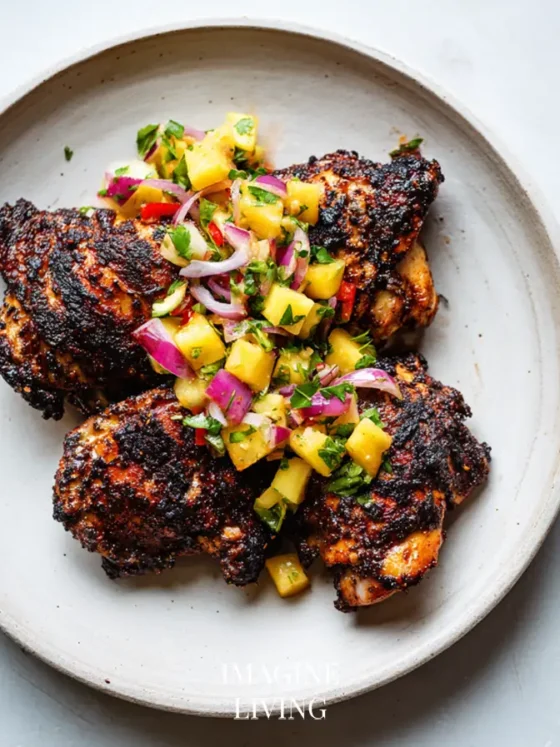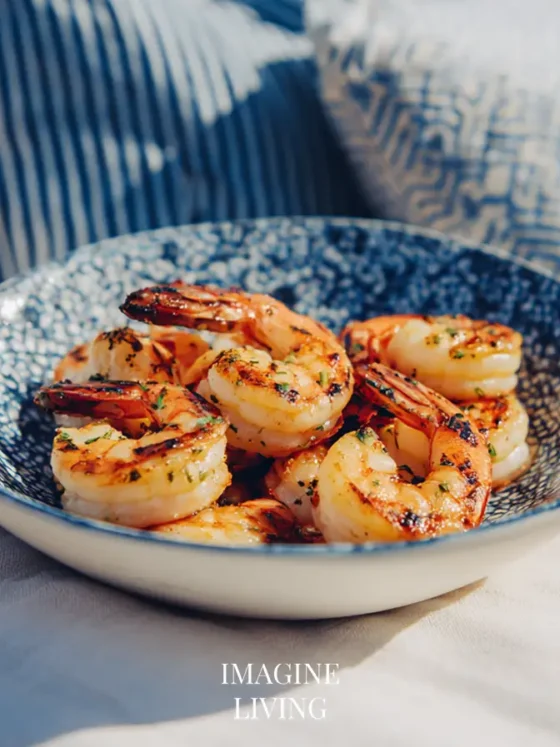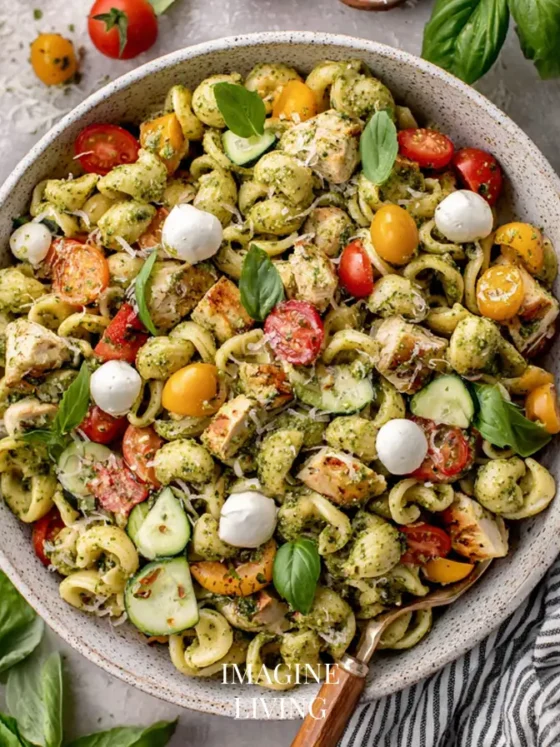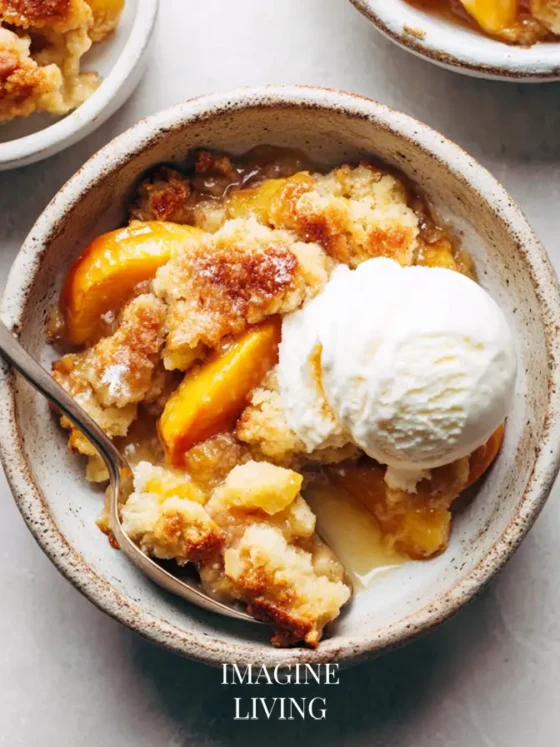A Morning Symphony of Eggs: 6 Irresistible Ways to Enjoy Your Favorite Breakfast
Sunlight spills across the kitchen counter, catching the gentle steam rising from your stovetop. Preparing breakfast for two becomes a quiet ritual—slow, thoughtful, and filled with comfort. Each egg dish tells its own story, from the delicate crack of a soft-boiled shell to the creamy whisper of scrambled eggs in a warm skillet.
This collection celebrates my six favorite ways to cook eggs. Whether you’re easing into a lazy morning or sharing a quiet brunch, these recipes invite you to savor every bite, together.
“To love and be loved is to feel the sun from both sides.” – David Viscott
Why You’ll Love This Recipe
Whether you’re starting a relaxed weekend or planning a special brunch moment, these egg styles are perfect for crafting a memorable breakfast.
- Versatile enough for any mood or meal.
- Simple techniques that turn everyday eggs into a celebration.
- Ideal for sharing a cozy morning with someone you love.
- No fancy ingredients—just eggs, love, and a few kitchen staples.
“Cooking is like love. It should be entered into with abandon or not at all.” – Harriet van Horne
Ingredients: Your Essential Guide for the Best Egg Recipes
Makes 2 servings of each egg variation
For Soft-Boiled Eggs
- 4 large eggs
- Water for boiling
- Pinch of salt (optional)
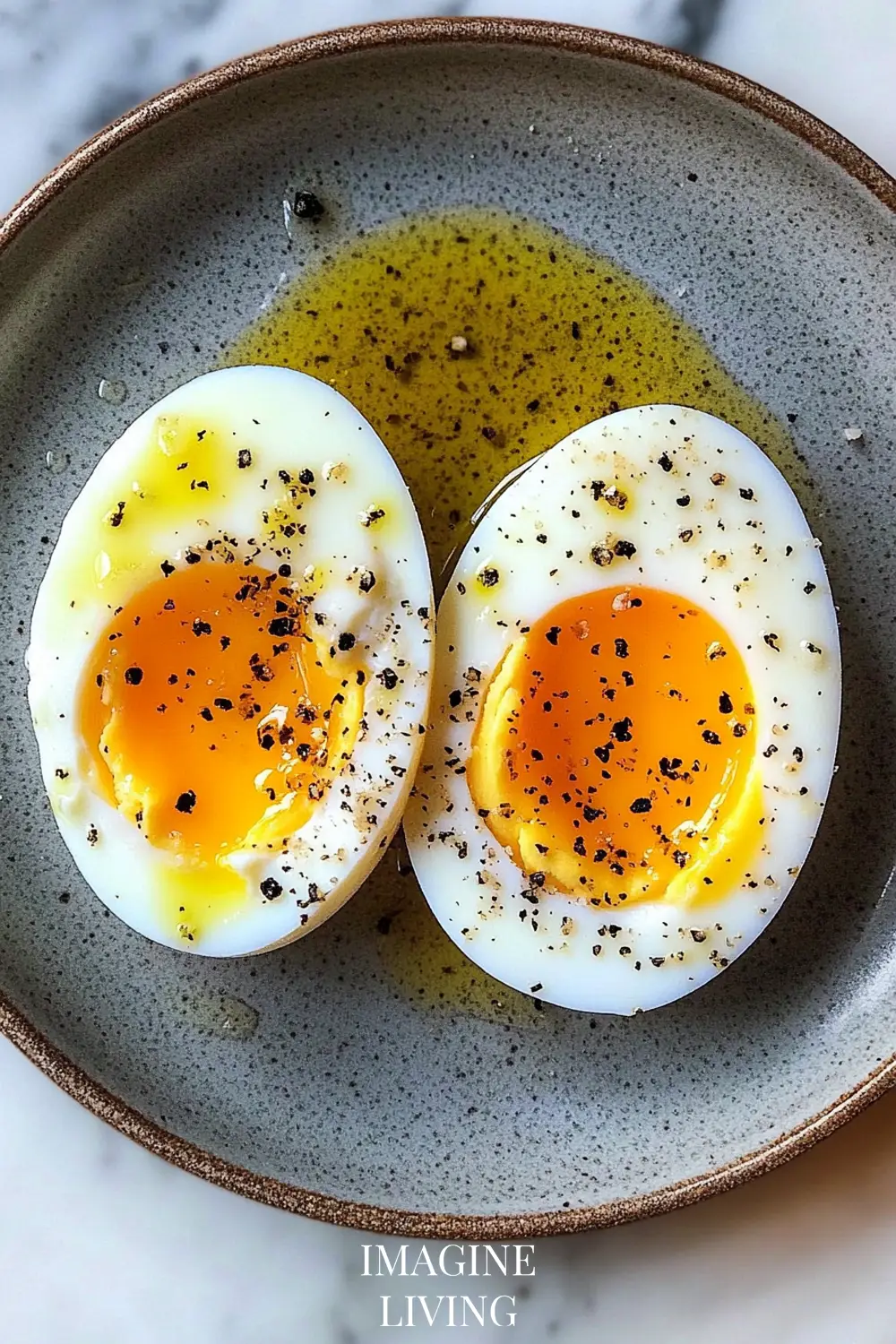
For Sunny-Side Up Eggs
- 4 large eggs
- 2 tsp butter or oil
- Salt and pepper, to taste
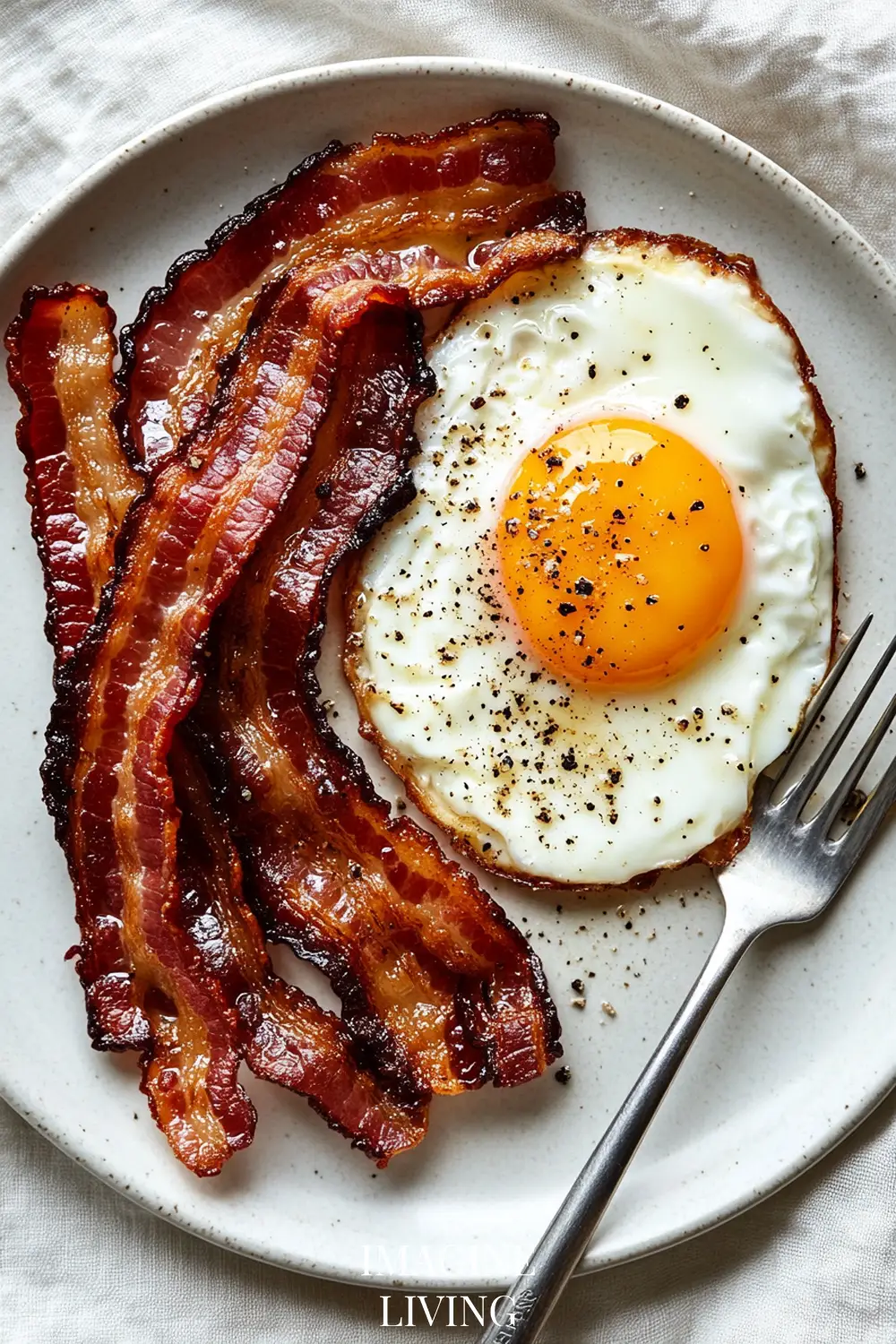
For Poached Eggs
- 4 large eggs
- 1 tbsp vinegar
- Water for poaching
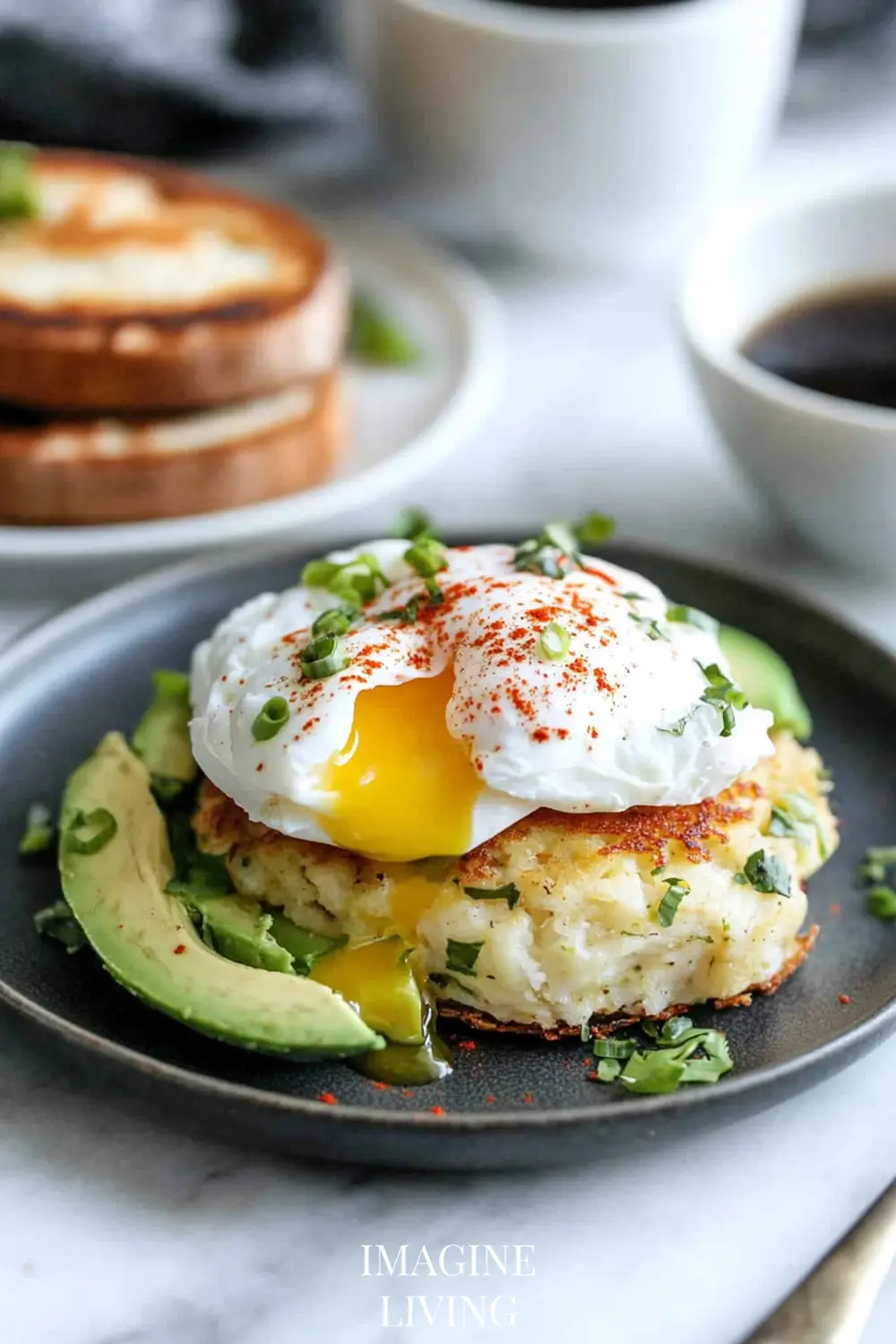
For Frittata
- 4 large eggs
- 1/4 cup milk or cream
- 1/4 cup grated cheese (cheddar or your favorite)
- 1/2 cup mixed vegetables (e.g., bell peppers, spinach, onions)
- Salt and pepper, to taste
- 1 tbsp olive oil or butter

For Omelette
- 4 large eggs
- 2 tbsp milk
- 1/4 cup cheese, grated
- Fillings: sautéed mushrooms, herbs, diced tomatoes (optional)
- Salt and pepper, to taste
- 1 tsp butter
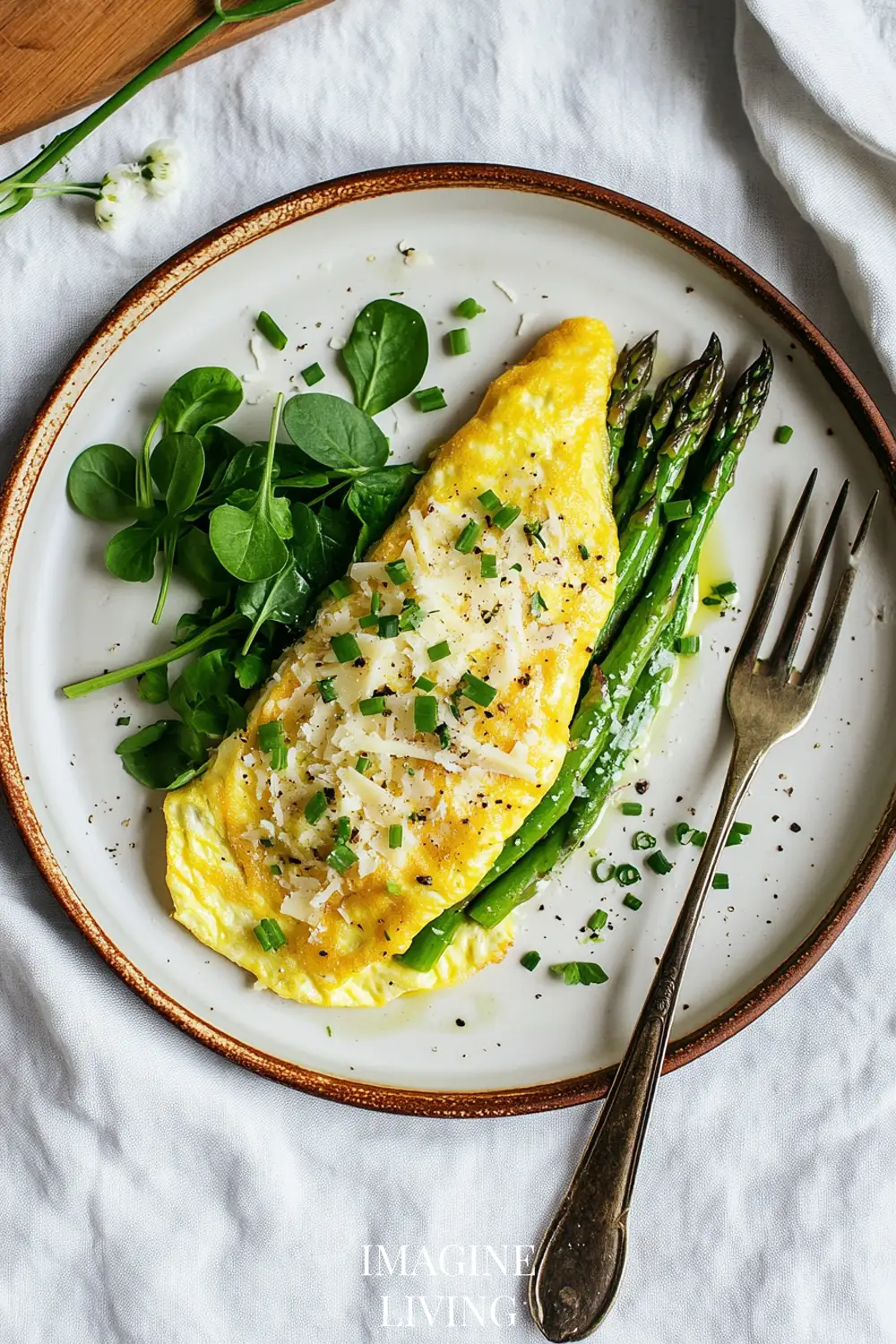
For Scrambled Eggs
- 4 large eggs
- 2 tbsp milk or cream
- Salt and pepper, to taste
- 1 tbsp butter

Equipment Needed
- Saucepan
- Non-stick skillet
- Slotted spoon (for poaching)
- Mixing bowl
- Whisk or fork
- Oven-safe pan (for frittata)
- Spatula
- Timer (optional, but helpful!)
Step-by-Step Guide to Your Favorite Egg Breakfast Recipes
Soft-Boiled Eggs
Gently lower eggs into boiling water and cook for exactly 6 minutes for a perfectly jammy yolk.
Tip:
Start with room-temperature eggs to prevent cracking and ensure even cooking.
“Peeling them under cold running water makes it feel like unwrapping a tiny morning gift.”
Sunny-Side Up Eggs
Melt butter in a non-stick skillet over medium-low heat. Crack eggs in gently and cook without flipping until whites are set and yolks are runny, about 2–3 minutes.
Tip:
Cover the pan briefly if you want the tops slightly set while keeping the yolks intact.
Poached Eggs
Bring a pot of water to a gentle simmer, add vinegar, swirl to create a whirlpool, then slide in a cracked egg. Cook for 3–4 minutes.
Tip:
Use the freshest eggs you can find—they hold their shape better when poached.
“Watching the egg white curl into itself like a silk scarf is strangely hypnotic.”
Frittata
Whisk eggs with milk, season, and stir in cheese and veggies. Heat oil in an oven-safe pan, pour in the mixture, and cook over low heat until edges set. Transfer to oven to finish under the broiler for 3–5 minutes.
Tip:
Pre-cook vegetables to avoid excess moisture that could make your frittata watery.
Omelette
Whisk eggs with milk, pour into a buttered pan over medium heat, and swirl to coat. As it sets, gently lift edges and let uncooked egg flow underneath. Add fillings, fold in half, and slide onto a plate.
Tip:
Don’t overstuff! Too many fillings can tear your omelette during folding.
Scrambled Eggs
Beat eggs with milk, season, and pour into a buttered pan over low heat. Stir gently and continuously for creamy curds, about 5–6 minutes.
Tip:
Remove from heat just before they’re done—they’ll continue cooking from residual heat.
“The slower you stir, the creamier they become—like a morning lullaby in edible form.”
“Life is a combination of magic and pasta… or eggs.” – Federico Fellini
Time Needed for a Perfect Egg Breakfast
- Prep Time: 10 minutes
- Cook Time: 20 minutes
- Total Time: 30 minutes
Each recipe takes only 5–7 minutes from start to plate, making this collection perfect for spontaneous morning meals or laid-back brunches.
Pro Tips for Cooking the Best Egg Recipes
- Use room-temperature eggs for more consistent results across all methods.
- Always preheat your pan to medium-low before adding eggs to avoid sticking.
- Stir scrambled eggs slowly and patiently for rich, creamy texture.
- Crack eggs into a small bowl before cooking—this helps avoid shell bits and improves control.
- Butter adds depth and softness to both scrambled and sunny-side up eggs.
- For frittatas, finish in the oven to ensure the top sets without burning the bottom.
- Fresh herbs like chives or parsley instantly elevate scrambled eggs and omelets.
- Non-stick pans are your best friend for most of these recipes—less cleanup, more joy!
- Use gentle heat for delicate textures, especially for poaching and scrambling.
- Salt eggs only once they’re partly cooked to avoid watery texture.
“Imagine the scent of herbs in warm butter—your kitchen becomes a place of calm delight.”
Creative Variations: Egg Recipes With a Personal Twist
Mediterranean Frittata
Swap standard veggies for sun-dried tomatoes, olives, and crumbled feta.
Tip:
Add a pinch of oregano and a drizzle of olive oil for extra flair.
Cheesy Herb Omelette
Mix grated Gruyère or aged cheddar with fresh chives and parsley.
Tip:
Add herbs to the eggs before cooking to infuse the flavor throughout.
Avocado-Topped Poached Eggs
Serve poached eggs on whole-grain toast with smashed avocado and chili flakes.
Tip:
Use a squeeze of lemon to brighten the richness.
Scrambled Eggs With Smoked Salmon
Fold in thin slices of smoked salmon just before finishing the scramble.
Tip:
Add a spoon of cream cheese for a silky, luxurious finish.
Spicy Sunny-Side Up
Sprinkle chili oil or hot sauce over sunny-side up eggs.
Tip:
Cook in sesame oil for a subtle nutty depth.
Soft-Boiled Eggs With Dippers
Serve in egg cups with toasted bread “soldiers” for dipping.
Tip:
Butter the toast lightly and season it for extra flavor.
Mexican-Inspired Omelette
Fill with sautéed onions, jalapeños, cheddar, and a dollop of salsa.
Tip:
Warm tortillas on the side for an egg taco experience.
Garden Scramble
Use zucchini, spinach, and bell peppers in your scrambled eggs.
Tip:
Dice veggies finely so they cook quickly and evenly.
“Creativity is allowing yourself to make mistakes. Cooking is knowing which ones to eat.” – Scott Adams
Serving Suggestions for a Perfect Egg Breakfast
Here’s how to complete your meal and make breakfast for two feel extra special:
- Serve with crusty sourdough or freshly toasted brioche.
- Add a side of sautéed greens or a simple arugula salad.
- Pair with crispy hash browns or roasted sweet potatoes.
- Include a small bowl of fresh berries or citrus segments.
- Offer coffee, tea, or a light mimosa for a weekend touch.
Storage and Reheating
While eggs are best enjoyed fresh, here’s how to make the most of any leftovers:
- Soft-boiled and poached eggs: Best eaten immediately. If needed, store in cold water for up to 1 day and reheat briefly in warm (not boiling) water.
- Scrambled eggs and omelets: Store in an airtight container in the fridge for up to 2 days. Reheat gently in a skillet over low heat.
- Frittata: Refrigerate for up to 3 days. Reheat slices in the oven at 350°F for 10 minutes or in the microwave.
Tip:
Avoid microwaving poached or soft-boiled eggs as they can become rubbery.
Common Mistakes to Avoid With Egg Recipes
Using High Heat
Cooking eggs over high heat leads to tough textures and overcooked edges.
Tip:
Always use medium to low heat for control and softness.
Skipping the Preheat
Cold pans cause sticking and uneven cooking.
Tip:
Let your pan heat fully before adding eggs or butter.
Overmixing Scrambled Eggs
Beating too vigorously can make them dense instead of fluffy.
Tip:
Whisk just until yolks and whites are combined.
Not Salting at the Right Time
Salting too early can make eggs watery.
Tip:
Season halfway through cooking or just before finishing.
Poaching in Rapid Boil
Fast boiling breaks apart the whites and overcooks the yolk.
Tip:
Keep water at a gentle simmer with small bubbles.
Forgetting to Rest Omelettes
Cutting or serving immediately can cause runny fillings.
Tip:
Let omelets rest for 30 seconds before slicing.
Using Old Eggs for Poaching
Older eggs spread too much in water.
Tip:
Check freshness by floating in water—fresh eggs sink.
FAQs
How Do I Know When My Poached Egg Is Done?
The whites should be just set and the yolk still soft after 3–4 minutes.
Tip:
Lift with a slotted spoon and gently poke the white—it should hold shape but still feel tender.
Can I Make Scrambled Eggs Without Milk?
Yes! They’ll be slightly firmer but still delicious.
Tip:
Add a touch of butter to maintain softness and flavor.
What’s the Best Cheese for an Omelette?
Mild melting cheeses like cheddar, mozzarella, or Gruyère are ideal.
Tip:
Grate your cheese finely so it melts quickly.
How Do I Prevent a Watery Frittata?
Excess moisture from veggies or overmixing eggs causes this.
Tip:
Sauté veggies beforehand and avoid overbeating the mixture.
Can I Freeze Leftover Frittata?
Yes! Wrap slices tightly and freeze up to 1 month.
Tip:
Reheat in an oven for best texture, not the microwave.
Should I Flip Sunny-Side Up Eggs?
Only if you prefer “over-easy” style; otherwise, cook gently without flipping.
Tip:
Covering the pan helps cook the tops without flipping.
Are Farm Eggs Better for Poaching?
Yes, they tend to be fresher with firmer whites.
Tip:
Local or organic eggs often have better poaching texture.
The Heartwarming Comfort of Eggs for Two
Whether you’re cracking eggs on a sleepy Sunday or perfecting your frittata flip on a bustling weekday, these egg recipes bring small but meaningful joy. The quiet sizzle, the warm plate passed across the table—these are the things that make a breakfast unforgettable.
“Sometimes the smallest things take up the most room in your heart.” – A.A. Milne

